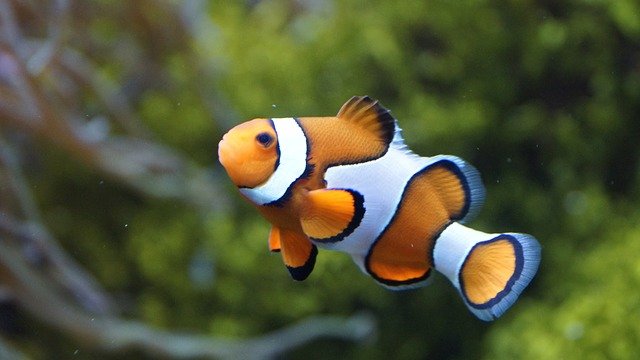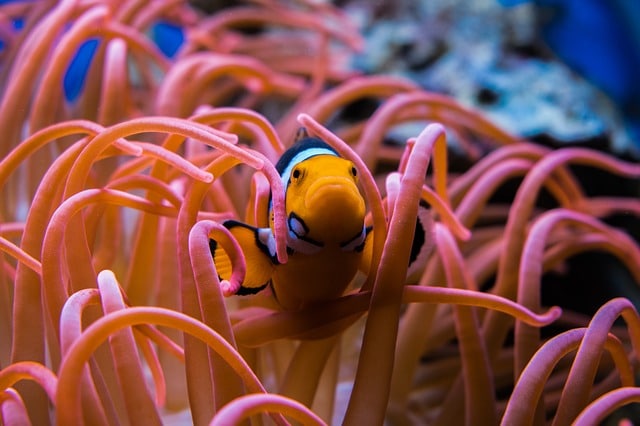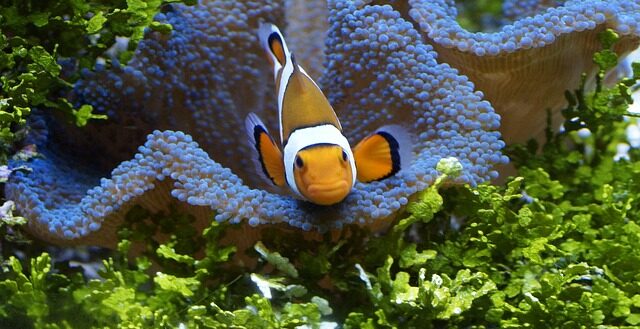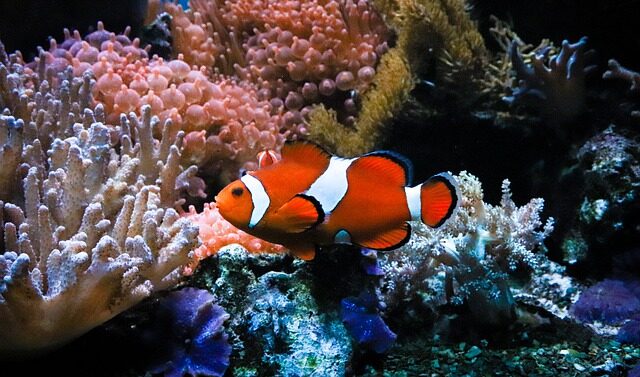Clownfish, also known as anemonefish, are sequential hermaphrodites. It is a unique reproductive strategy among teleosts that is displayed mainly in fish species living in the coral reef environment In these species, such as many species of coral reef fishes, sex change is a normal process. All clownfish are born male, but all carry both female and male reproductive organs.

They first develop into males. They live in organized schools made up of all males and just one female. The lone female is the dominant and the largest fish in the group. The second in command of the school will be a male that is usually the second largest in the group.
He will maintain his dominance on other males by ensuring they stay small by taking the best food opportunities for himself. Besides the perks of more food, he’s also the only one that gets to breed with the female.

Male fish look after the eggs and fan them while females act as security guards, scanning the surroundings for predators, issuing warning calls, and launching attacks because of the fact that female is the largest.
And now the surprise, the male clownfish can change their sex when the dominant female dies. Not so Disney family-friendly Finding Nemo type fact but it is true. The change is irreversible. A female clownfish is the head of the group. When it dies, the male clownfish transforms itself into a female.

The change happens over a few weeks. There need to be lots of hormonal changes to become fully female. When the male has changed sex into the female, the second-largest adult male becomes the new head mate and the newly turned female will reproduce with it.

Other sea life that is known to change their gender which includes wrasses, and moray eels. Unlike clownfish, wrasses switch from female to male with the largest female switching to males and taking over a group of females.

